How to make a workplace safer
4 strategies to improve health and safety in your organisation
Health and safety statistics published in October 2018 showed that there is still plenty to do to make workplaces safer in the UK. While the numbers of accidents and fatalities continue to fall, they still don’t make pleasant reading. Here’s a snapshot of the figures for 2017/18:
- 555,000 injuries occurred at work according to the Labour Force Survey
- 71,062 injuries to employees reported under RIDDOR
- 144 workers killed at work
In addition, 1.4 million people suffered from a work-related illness. Because of work-related illness and injury, almost 31 million work days were lost. In 2016/17, it was estimated that work-related illness and injury cost British business £15 billion. Put another way, poor health and safety at work costs British business almost twice the UK’s EU payments each year.
In this article, you’ll learn four ways to make a workplace safer.
1. Conduct a health and safety audit in the workplace
Health and safety laws, rules, regulations and best practices evolve over time. What may have helped to keep your employees healthy and safe two or three years ago may be poor practice today. A health and safety audit in the workplace is essential to appraise your current procedures and processes and ensure they are fit for purpose and legal.
Your health and safety audit must be conducted by a competent person with the knowledge, skills and experience to do so – and they must not be one of your employees or otherwise associated with your organisation. This independence ensures a non-biased audit.
(Read more in our article “What is a health and safety audit in the workplace?”)
2. Make sure your employees understand the most common workplace hazards
No workplace can be hazard free, but making certain that your employees understand the most common hazards and how to reduce the risks of accident and injury will help to reduce the number of days lost and associated costs. The main hazards are:
- Slips, trips and falls
- Electrocution
- ‘Caught-in’ hazards
- ‘Struck-by’ hazards
Get your employees actively involved in their own health and safety. Ask them to consider what hazards and risks there are, and have them think about how to reduce those risks.
Start the ball rolling by sending your employees a link to our article “How to protect your employees from general workplace hazards” and discussing their thoughts at your next team meeting.
3. Carry out an HSE risk assessment
An HSE risk assessment will help you to analyse your workplace and working practices, so that you identify the risks and put in place the controls needed to minimise these risks and reduce loss, damage, or injury. There are five steps to making an effective HSE risk assessment:
- Identify the hazards
- Decide who is at risk
- Evaluate those risks and produce precautions
- Record significant findings
- Review and update
A tip here is to use an HSE risk assessment template to make sure that you cover everything needed.
(Learn more and discover an easy way to carry out an HSE risk assessment by reading this simple guide to an HSE risk assessment.)
4. Create a culture of health and safety in your workplace
Above all else, it is essential to create a culture of health and safety in your workplace. Let your employees know that your organisation puts the health and safety of them above profit. There are a few strategies you can employ to change your workplace culture and get people thinking more about health and safety. For example:
- Ensure that H&S training is conducted at induction and then updated regularly
- Reward employees for safe behaviour and good H&S ideas that make the workplace safer
- Partner with an H&S expert to provide independent training and conduct H&S audits and risk assessments
- Ensure signage draws attention to hazards, risks and required procedures
- Put H&S on the agenda of every team meeting
Health and safety is everyone’s responsibility
If you create the right culture within your organisation, then everyone will start to take responsibility for health and safety. Your employees will become part of a workplace coalition that improves wellbeing in the workplace, reducing accidents and injuries, and cuts the cost of workplace illness and injury. Your organisation will become a more productive, happier place to work. And your organisation will be doing its bit to drive health and safety in the right direction in the UK.
Ensure your company is admired for being a conscious employer that puts the wellbeing of its employees at the top of its agenda. To learn how we can help you achieve all this, contact Integral Safety Management today.
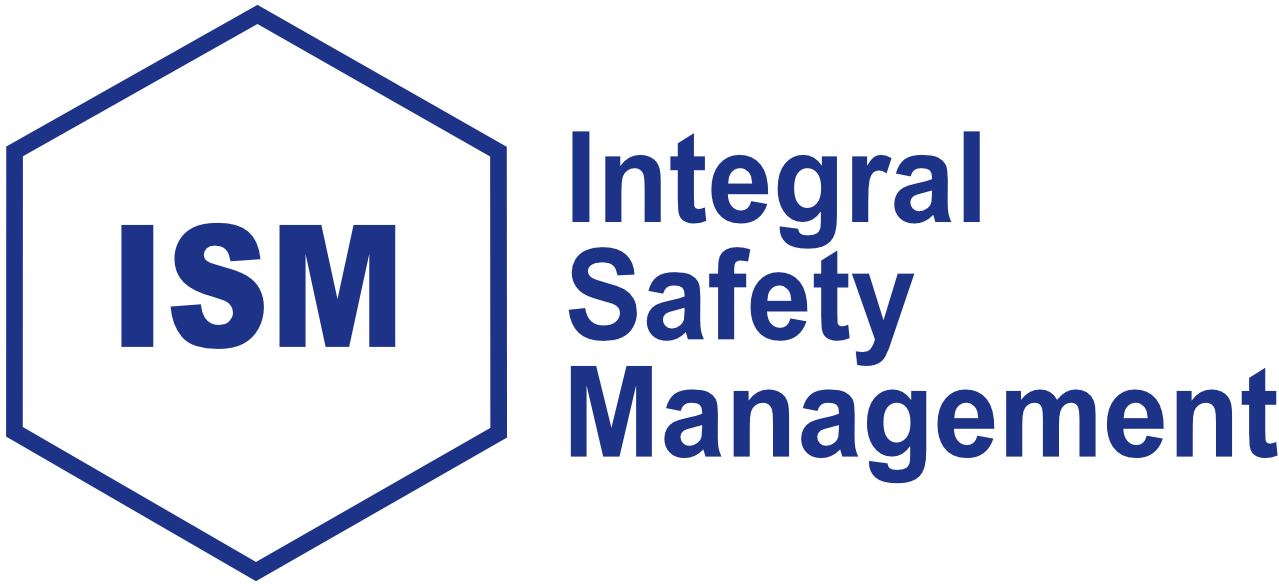
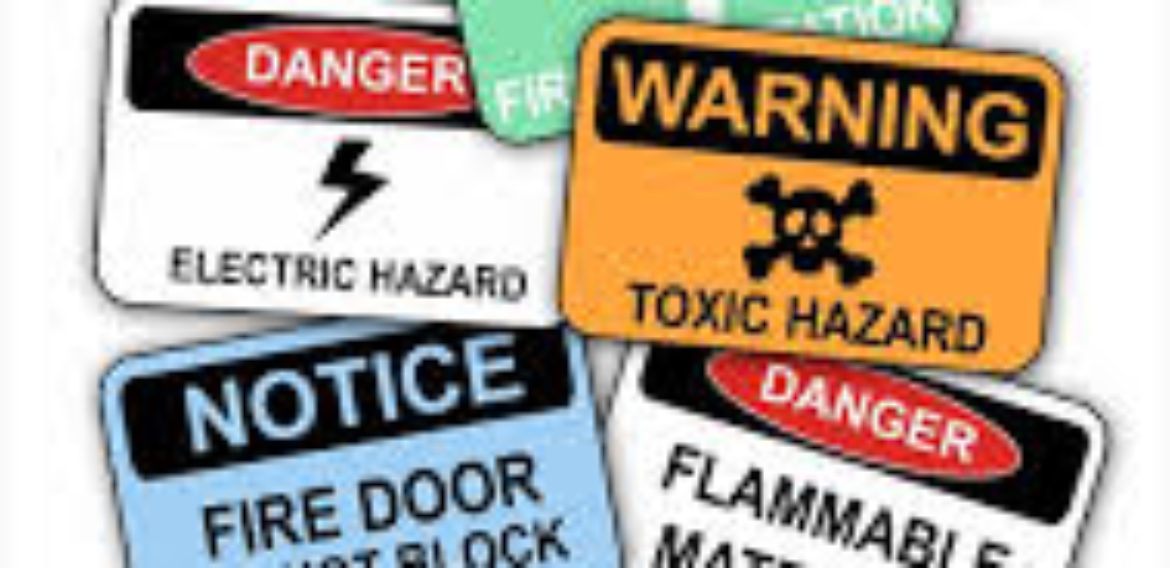
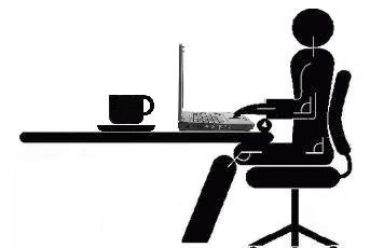
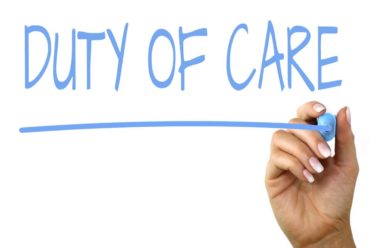
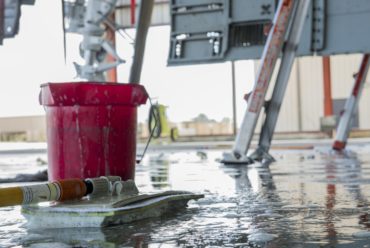
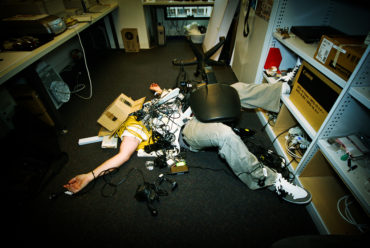
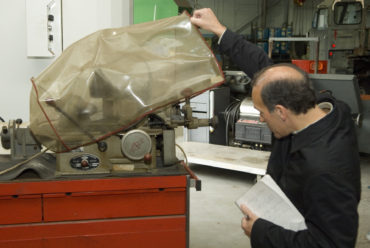
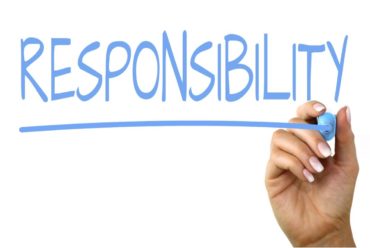
No Comments